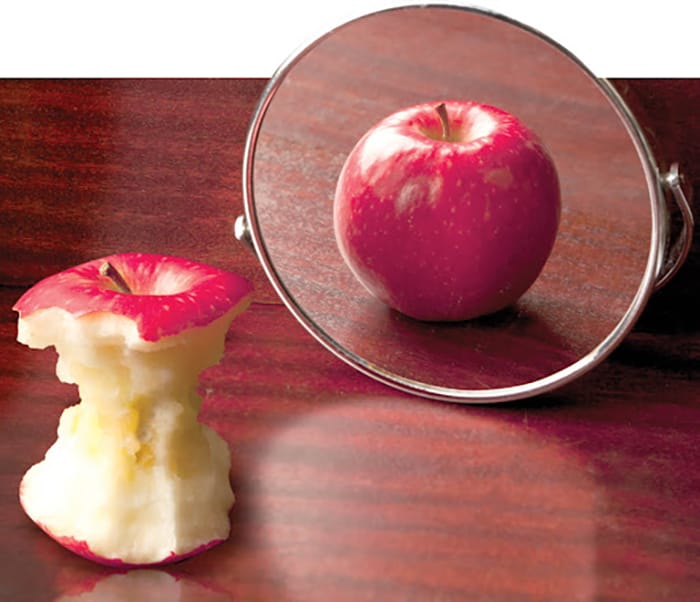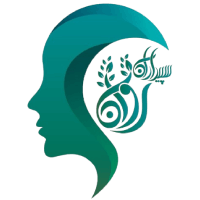
Blog
Real self and ideal self

Every human being has a real self and an ideal self.
The real self is who you are, and the ideal self is who you wish to be.
Now, ask yourself a simple question:
Is who you are close to who you want to be?
How does the difference between the real self and the ideal self affect the quality of a person’s life?
Perhaps you’ve experienced moments where you wished you were studying at a top international university instead of your current one. Or maybe you wished you lived in a different neighborhood, or that you were a famous person known around the world. Perhaps you wished you were a little taller, or that you weighed a bit more.
All of these examples and desires are part of what you wish others saw you as — what is known as your ideal self.
But how others actually see you — shaped by your current circumstances, your place in the world, your age, and your understanding of life — represents your real self.
One of the problematic phenomena in psychology is an excessive gap between a person’s real self and their ideal self.
The farther the real self is from the ideal self, the more a person may feel empty, weak, incapable, and apathetic.
فهرست عناوین
ToggleSigns of Individuals with a Large Gap Between Their Real Self and Ideal Self:
- Signs of Individuals with a Large Gap Between Their Real Self and Ideal Self:
- Their self-esteem gradually declines.
- A decrease in feelings of happiness and a tendency toward sadness and depression is another sign of this issue.
- A decline in personal power and a sense of agency is also observed in such individuals.
- Lack of motivation is another consequence of this gap.
Since every person has a specific physical capacity for performing tasks and displays their strength through it, imagine a person who wants to lift a 300-kilogram weight, while their actual capacity is only suitable for lifting 30 kilograms. This large gap between ideal and reality can cause serious harm. In this situation, two scenarios may occur:
If the individual has a realistic view of themselves, they will refrain from attempting to lift the 300-kilogram weight, which may lead to discouragement and depression.
However, if they lack a proper understanding of their reality and abilities and suffer from various psychological issues, they may attempt it and seriously harm themselves.
The greater the gap between a person’s real self and their ideal self, the more intense their feelings of failure and hopelessness will be.
This does not mean that people should not have an ideal self. In a healthy state, the ideal self should be reasonable, flexible, and aligned with the individual’s current conditions, serving as a motivator and guide for achieving goals.
If the image you create of yourself as an ideal self is unrealistic and beyond your physical, mental, or emotional capacities, it can deal severe damage. It may overtake your real self and make it nearly impossible to reach your true potential.

Reasons Behind the Gap Between the Real Self and the Ideal Self
- Sometimes the values imposed by society and life experiences create a gap between a person’s real self and ideal self.
- A major part of this discrepancy stems from childhood, particularly the self that begins to form between ages zero to six. A child who constantly hears superlatives from their parents at this stage (e.g., “You are the best, the most beautiful, the smartest boy in the world”) will likely grow up facing an overdeveloped ideal self.
Another reason lies in how parents respond to their child’s challenges, which plays a crucial role in shaping the child’s abilities. In general, parents fall into two categories based on their responses to challenges:
First type: Parents who tell the child, “This challenge is nothing, just pull yourself together and move on.”
Second type: Parents who say, “I know this is a difficult task, but do your best. If you need help, I’ll be here for you.”
The first child, upon succeeding, may feel they haven’t done anything special since the challenge was supposedly simple — thus, they don’t view themselves as particularly capable. But if they fail, they may perceive themselves as extremely inadequate for not being able to handle something “easy.”
In contrast, the second child feels pride, self-worth, and success when they accomplish a task. And if they fail, they won’t feel shame or incompetence because they were told in advance that the task could be difficult. More importantly, the idea is instilled in them that success is not always guaranteed, and failure is a part of life — this mindset helps them persist and continue striving for progress in the future.
The more unkind and immature the image a person forms of themselves in childhood, the more likely they are to overcompensate later in life by developing a larger, unattainable ideal self. These individuals may appear arrogant or self-satisfied on the outside but are internally depressed and emotionally drained. In some cases, this can even lead to narcissistic personality disorder.
In other words, a person’s ideal self is largely shaped by parenting and socialization throughout life.
The ideal self is closely linked to the society in which a person grows up and the people they interact with.
If a child is accepted as they are, they will likely develop a reasonable ideal self. But if they are not accepted and are belittled, they may form an unrealistic and exaggerated ideal self in the future.
What is the solution to this issue?
The more a person tries to align with the external, present reality, the smaller the gap becomes between their real self and ideal self. This alignment is achieved through recognizing one’s own physical, mental, psychological, social, and other capabilities and limitations. Another solution is to cultivate a philosophical mindset and engage with philosophy. Philosophy, through reasoning and logic, brings individuals closer to reality. People should ask themselves: What is the reason I want to pursue this ideal version of myself?
برای مشاوره رایگان و رزرو وقت (یا اگر تماس گرفتید و قادر به پاسخگویی نبودیم) شماره تماس خود را وارد کنید. ما به زودی با شما تماس می گیریم!



